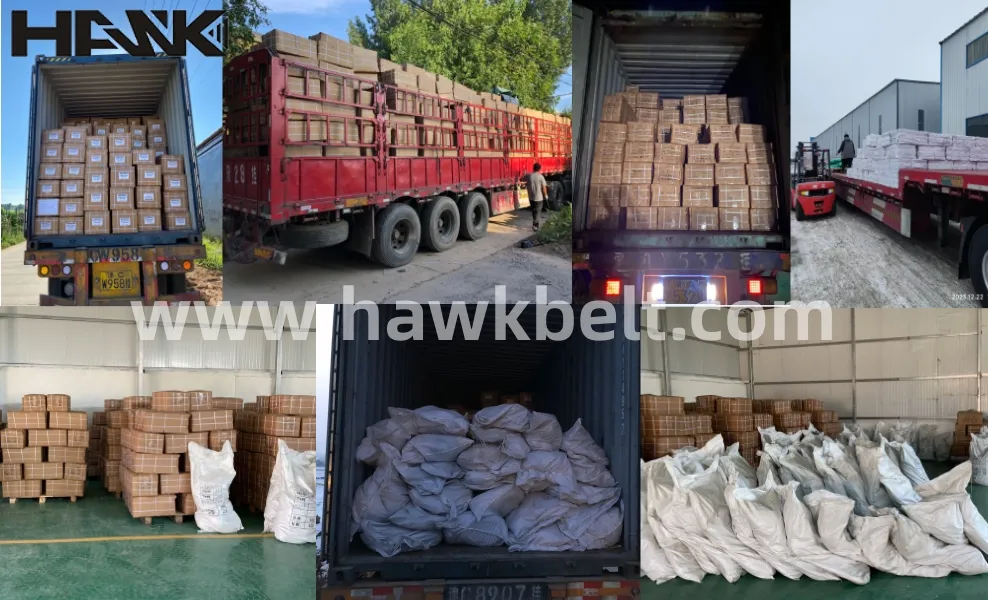- Arabic
- French
- Russian
- Spanish
- Portuguese
- Turkish
- Armenian
- English
- Albanian
- Amharic
- Azerbaijani
- Basque
- Belarusian
- Bengali
- Bosnian
- Bulgarian
- Catalan
- Cebuano
- Corsican
- Croatian
- Czech
- Danish
- Dutch
- Afrikaans
- Esperanto
- Estonian
- Finnish
- Frisian
- Galician
- Georgian
- German
- Greek
- Gujarati
- Haitian Creole
- hausa
- hawaiian
- Hebrew
- Hindi
- Miao
- Hungarian
- Icelandic
- igbo
- Indonesian
- irish
- Italian
- Japanese
- Javanese
- Kannada
- kazakh
- Khmer
- Rwandese
- Korean
- Kurdish
- Kyrgyz
- Lao
- Latin
- Latvian
- Lithuanian
- Luxembourgish
- Macedonian
- Malgashi
- Malay
- Malayalam
- Maltese
- Maori
- Marathi
- Mongolian
- Myanmar
- Nepali
- Norwegian
- Norwegian
- Occitan
- Pashto
- Persian
- Polish
- Punjabi
- Romanian
- Samoan
- Scottish Gaelic
- Serbian
- Sesotho
- Shona
- Sindhi
- Sinhala
- Slovak
- Slovenian
- Somali
- Sundanese
- Swahili
- Swedish
- Tagalog
- Tajik
- Tamil
- Tatar
- Telugu
- Thai
- Turkmen
- Ukrainian
- Urdu
- Uighur
- Uzbek
- Vietnamese
- Welsh
- Bantu
- Yiddish
- Yoruba
- Zulu
Aug . 07, 2024 02:05 Back to list
Choosing the Right V-Belt for Your Isuzu Vehicle Maintenance and Performance Optimization
The Importance of V-Belts for Isuzu Vehicles
When it comes to maintaining the performance and longevity of Isuzu vehicles, one critical component that often goes underappreciated is the V-belt. This simple yet essential part plays a crucial role in the overall functionality of the vehicle's engine and accessories, affecting everything from power steering to air conditioning. In this article, we will explore the significance of V-belts, the potential issues that can arise from neglecting them, and tips for proper maintenance.
What is a V-Belt?
A V-belt is a type of drive belt used in many automotive applications to transfer power from the engine's crankshaft to various components such as the alternator, water pump, air conditioning compressor, and power steering pump. Named for its trapezoidal cross-section, the V-shape of the belt allows it to fit snugly into the pulleys that drive these accessories, ensuring efficient power transmission.
For Isuzu vehicles, particularly those that are part of the D-Max, Mu-X, and other popular models, the V-belt is critical. Given the rugged nature of these vehicles, which are often used in various conditions, the reliability of the V-belt can significantly affect performance and comfort.
The Importance of Regular Maintenance
Regular maintenance of the V-belt is essential for ensuring the smooth operation of Isuzu vehicles. Over time, V-belts can wear out due to friction, heat, and exposure to contaminants such as oil and dirt. Signs of a failing V-belt include squeaking noises, slipping, cracks, or frayed edges. If left unaddressed, a worn or broken V-belt can lead to a breakdown of associated components, such as overheating from a malfunctioning water pump or a dead battery due to an inoperative alternator.
v belt for isuzu

To avoid these issues, Isuzu owners should regularly inspect their V-belt. Checking for signs of wear and tear is a simple process that can save time and money in the long run. Mechanics typically recommend inspecting the V-belt during routine service intervals or oil changes. This proactive approach can help detect potential problems before they escalate into more severe issues.
Choosing the Right V-Belt
When it comes time to replace a V-belt, choosing the right one is paramount. Isuzu vehicles may require specific V-belt sizes and types based on the model and year. It is advisable to consult the vehicle's owner manual or a trusted mechanic to ensure that the correct type and size are selected.
Opting for high-quality, OEM (Original Equipment Manufacturer) V-belts is also recommended. While aftermarket options may be more affordable, they often lack the durability and performance standards set by the manufacturers. Investing in OEM parts can provide peace of mind and enhance the overall longevity of the vehicle.
Conclusion
In conclusion, V-belts may seem like small components within the broader context of Isuzu vehicle maintenance, but their role is pivotal. They ensure that essential engine accessories function correctly, contributing to the overall efficiency and performance of the vehicle. Regular inspections and timely replacements of V-belts can prevent costly repairs and maintain the integrity of the vehicle. By understanding the significance of V-belts and prioritizing their upkeep, Isuzu owners can enjoy a more reliable driving experience and extend the lifespan of their vehicle. So, next time you're getting your vehicle serviced, don't forget to include the V-belt in your checklist!
-
Korean Auto Parts Timing Belt 24312-37500 For Hyundai/Kia
NewsMar.07,2025
-
7PK2300 90916-T2024 RIBBED BELT POLY V BELT PK BELT
NewsMar.07,2025
-
Chinese Auto Belt Factory 310-2M-22 For BMW/Mercedes-Benz
NewsMar.07,2025
-
Chinese Auto Belt Factory 310-2M-22 For BMW/Mercedes-Benz
NewsMar.07,2025
-
90916-02660 PK Belt 6PK1680 For Toyota
NewsMar.07,2025
-
drive belt serpentine belt
NewsMar.07,2025

